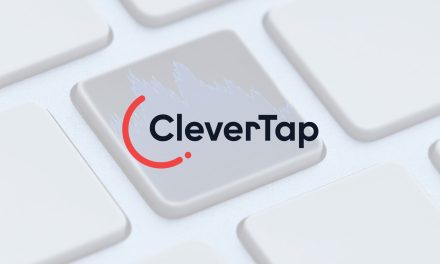Brand marketers must stay attuned to their customers’ email preferences and changing interests and habits to retain their engagement and loyalty.
Consumers receive and interact with hundreds, or sometimes thousands, of emails daily. And many of those go unread, end up in spam, or are dumped into the trash folder. Emails are so ubiquitous that their value as a marketing platform sits at US $9.6 billion. This number is projected to increase to $17.9 billion by 2027.
Today, brands spend millions of dollars on email marketing, and an estimated 306 billion emails are sent and received daily.
To maximize email marketing’s effectiveness and minimize budget wastage, marketers must realize that there is no one size fits all approach to an email campaign. Unlocking this valuable marketing method requires a deep understanding of consumers’ email preferences, interests, and inbox behavior.
Time and place
There are four main types of emails used by brands. The first of these is the broadcast email, which is effectively a spray and pray blast to a brand’s entire customer database. The second is the journey-based email when relevant emails are at certain customer conversion stages.
Meanwhile, behavior-based emails from customized messages based on a ‘trigger event’ when the chance of email opens, clicks, and conversions are the highest. Finally, there are personalized emails – the holy grail of effective marketing. These are tailored to a customer’s ever-changing needs and preferences. By leveraging these, marketers can create dynamic groups of products for each customer based on their behavior or personality.
Any email marketing plan must consider the type of emails customers prefer and at each time for the most optimal effects.
According to our report, retail customers, for example, prefer personalized emails that are aligned with the customer journey. This segment saw a 51% increase in open rates when journey-based campaigns were used. Meanwhile, when emails were personalized, sales conversion rates quadrupled.
Banking, fintech, and insurance customers responded better to journey-based emails, with unique opens increasing by 86%. Personalized emails, meanwhile, caused this rate to double. Once marketers understand which types of emails work for their customers, they can start crafting a well-performing campaign.
Engagement and conversion
Our research revealed that customers prefer personalized, event-triggered, and journey-based emails relevant to them.
Although these emails take more time and investment, they provide a much more effective long-term pay-off. In retail, they are helpful for onboarding new customers or converting potential consumers towards the point of sale. They also play a significant role in gathering customer feedback.
Meanwhile, personalized and journey-based emails in the financial and insurance sector encourage new customers to activate their accounts and keep their existing ones used. A highly engaged customer is more receptive to brand upselling than one who only receives generic correspondence.
Indeed, when designing email campaigns, marketers must understand that consumers have already seen millions of emails in their lifetimes, thousands of which remain unopened or deleted immediately.
Generic, copy-and-paste emails immediately lose a recipient’s attention, providing no value to them and the brand. Instead, customers actively seek and engage with emails that are personalized to them, segmented for the correct audience, and sent at an appropriate time. The more personalized and relevant the email, the more likely it will spark a sales conversion.
Despite the rise of other text-based messaging services, emails remain a significant part of consumers’ daily life and should not be overlooked. Brand marketers must stay attuned to their customers’ email preferences and changing interests and habits to retain their engagement and loyalty. Brands that successfully integrate an email strategy within an omnichannel campaign will gain the deepest insights into the customer journey, behavioral trends, conversion, and retention. Leveraging all those data points will be the difference between a click-through conversion or an immediate delete.



















